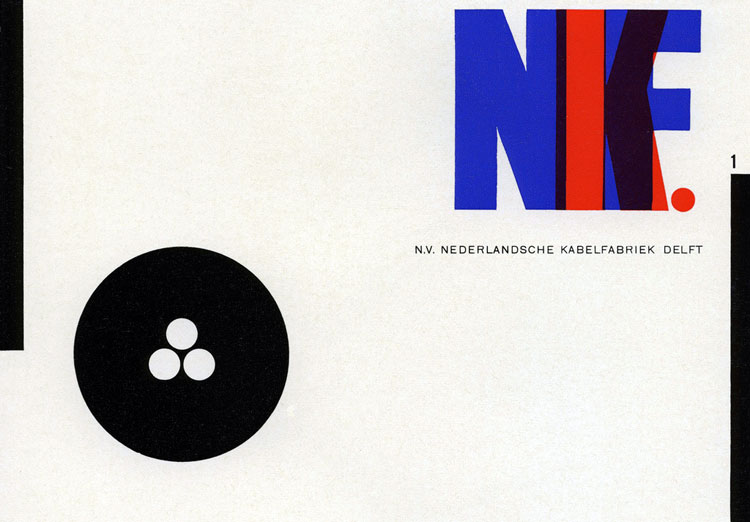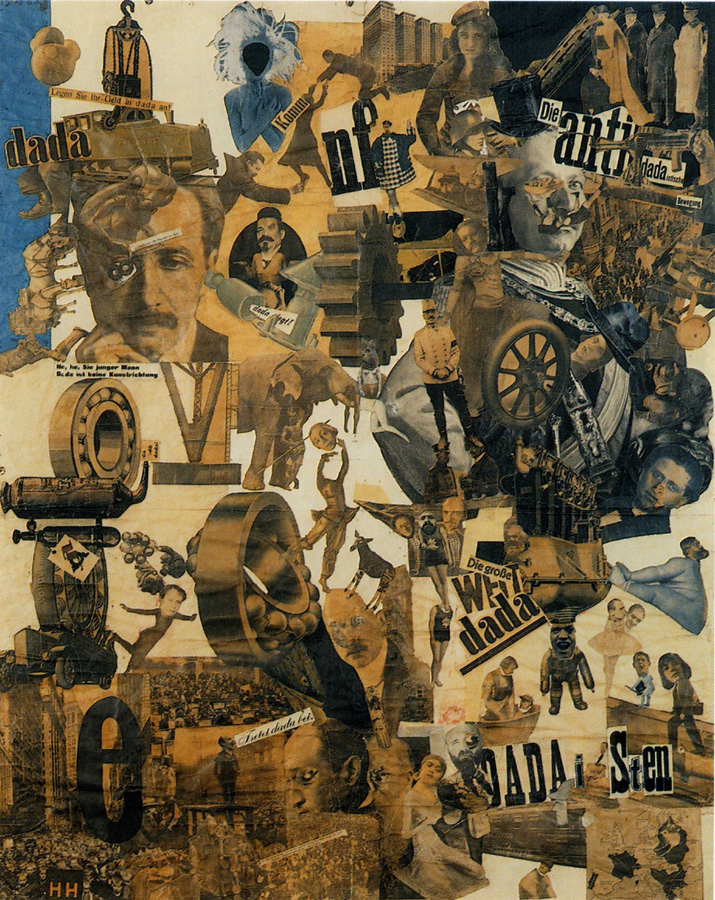It’s foundations lie in the early 20th century
art movements, like the Arts and Crafts movement, whose aim was to unite
creativity and manufacturing, and also to re-establish the fine line between
fine arts and applied arts. It started out out as a sort of romantic crafts
guild, but then started stressing on uniting art and industrial design. It was this trait that proved to be the
school’s most important and significant achievement. The school was also known
for having the top class artists of the time teaching there, some of which were
Wassily Kandinsky, Paul Klee, Moholy-Nagy, Walter Gropius and Mies Van der
Rohe.
During the late 19th century creativity and
manufacturing were drifting apart, and architect Walter Gropius founded the
school to start uniting them once more.
Bauhaus emphasized on intellectual and theoretical pursuits, and helped
young artists link these pursuits to artistic crafts and techniques. This
emphasis revolutionized the way art education was carried about, and it also
led to the fine arts becoming more into the visual arts, and also the idea that
art is not like literature, but it is something which is an expression of
character.
Characteristics of the Bauhaus influences in Graphic Design
include order and symmetry in their layouts and design. They also used a lot of
geometrical, functional and modern forms, in contract to the organic forms in
the earlier movements. They started using rectangular grid structures, and used
geometric shaped to divide and separate graphic elements on the page. Horizontals
and Vertical lines were very dominant on the page.
There was also an inclusion of different typefaces and type
sizes to create an amphasis by the contrast created. There were also no serif
typefaces in this movement, to keep the layout as clean as possible. The type
and pictures were also sized to the same column width, again sticking to the
rectangular grid structure. They used a method of colour similar to the
constructivists, black, white and a single strong hue.
Moholy Nagy introduced also a vast knowledge of
constructivism, and a passion for photography and photomontage, to create the so-called
typophotos. Nagy describes them as such;
"What is typophoto?
Typography is communication composed in type. Photography is the visual
presentation of what can be optically apprehended. Typophoto is the visually
most exact rendering of communication."
links:
http://monoskop.org/L%C3%A1szl%C3%B3_Moholy-Nagy
http://www.iconofgraphics.com/laszlo-moholy-nagy/
http://bauhaus-bauhauss.blogspot.com/2009/09/bauhaus-characteristics-in-graphic.html
http://www.archdaily.com/tag/walter-gropius/
http://www.theartstory.org/movement-bauhaus.htm
links:
http://monoskop.org/L%C3%A1szl%C3%B3_Moholy-Nagy
http://www.iconofgraphics.com/laszlo-moholy-nagy/
http://bauhaus-bauhauss.blogspot.com/2009/09/bauhaus-characteristics-in-graphic.html
http://www.archdaily.com/tag/walter-gropius/
http://www.theartstory.org/movement-bauhaus.htm



















